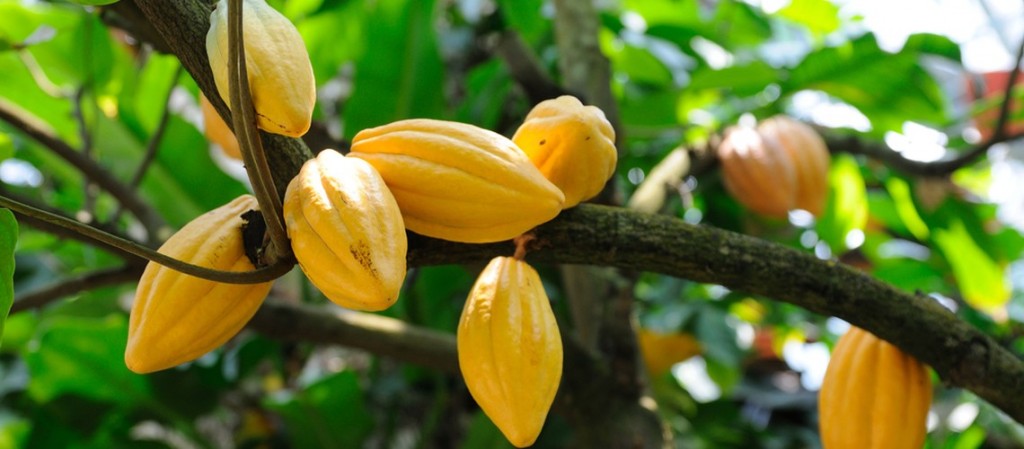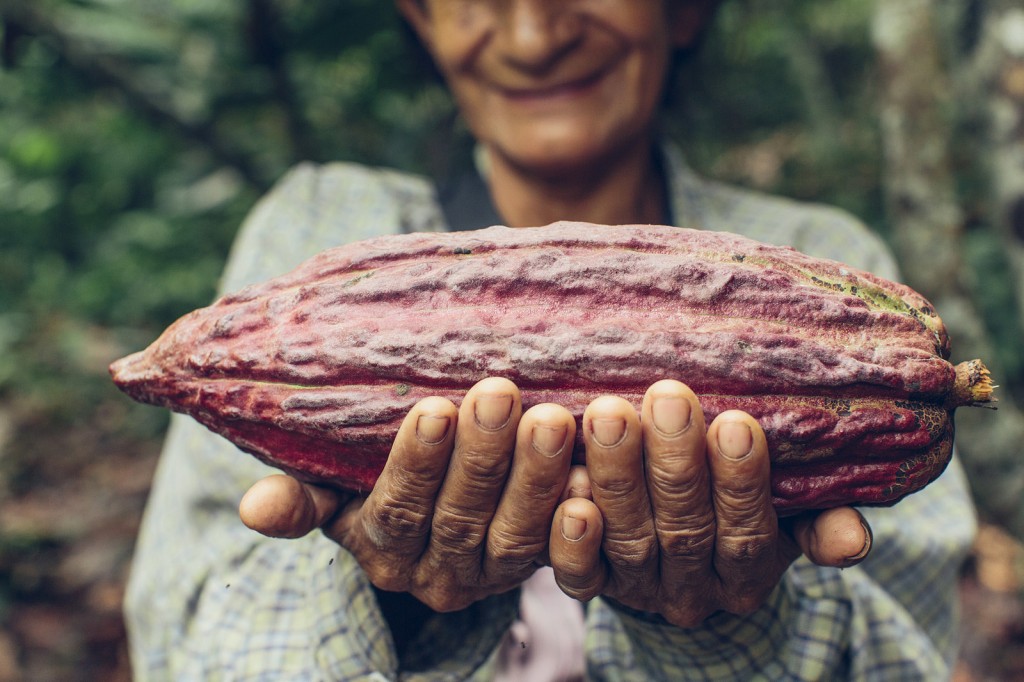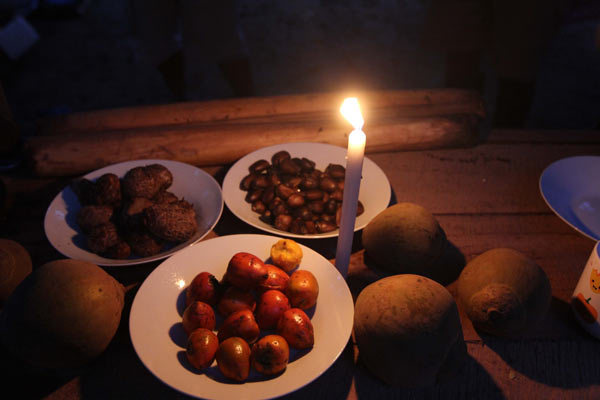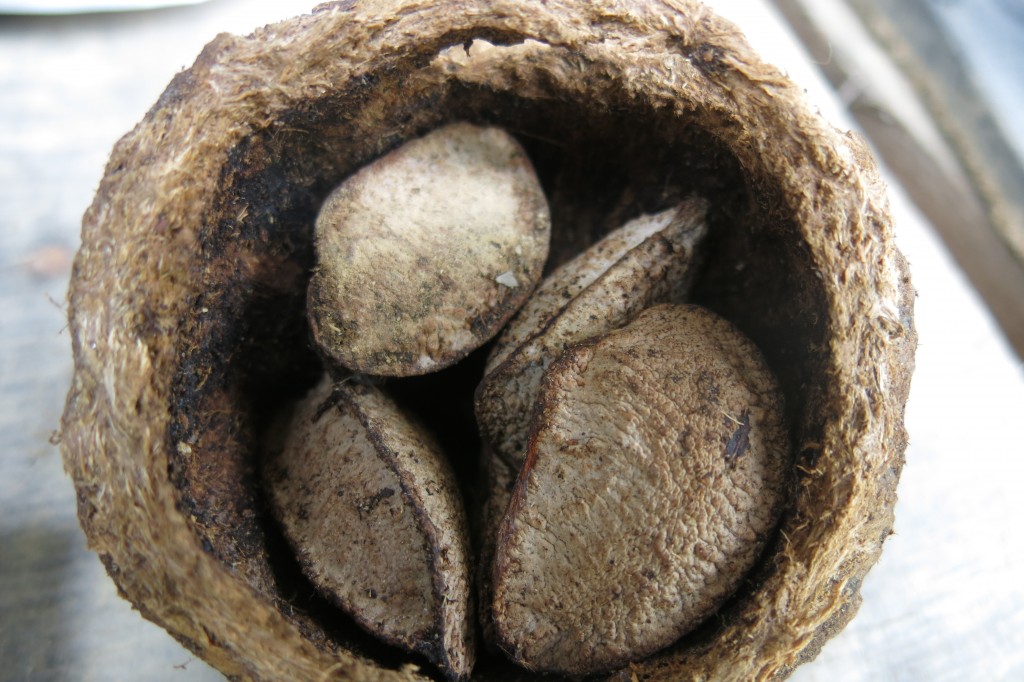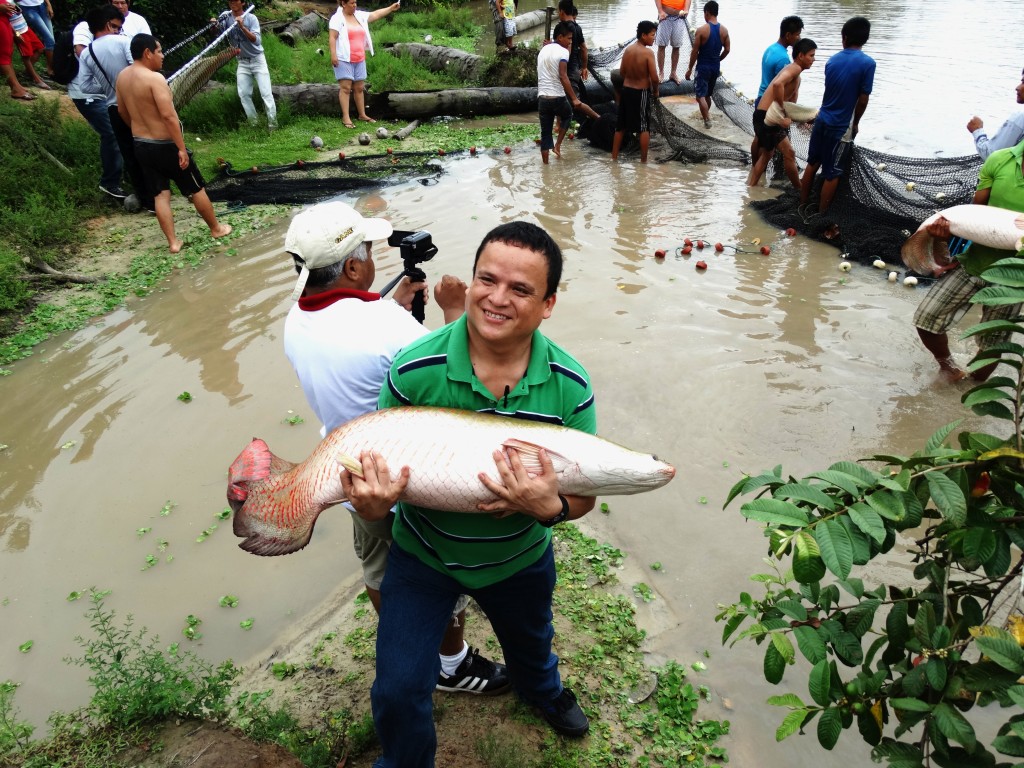When Columbus stumbled upon the New World, its indigenous people became known as “Indians”, a misnomer of historical magnitude. Then, too, a fruit until then unknown outside of the Americas received a name that belonged to another: the pepper. To the Spaniards who tasted this fruit for the first time, its heat brought to mind the peppercorns that had been known and traded in Eurasia, and so the fruit of the Capsicum received the name of an entirely different species. […]
Amazon Heat: Chilies from the Rainforest





